Continuing our Flower Power series…
Lemon Balm
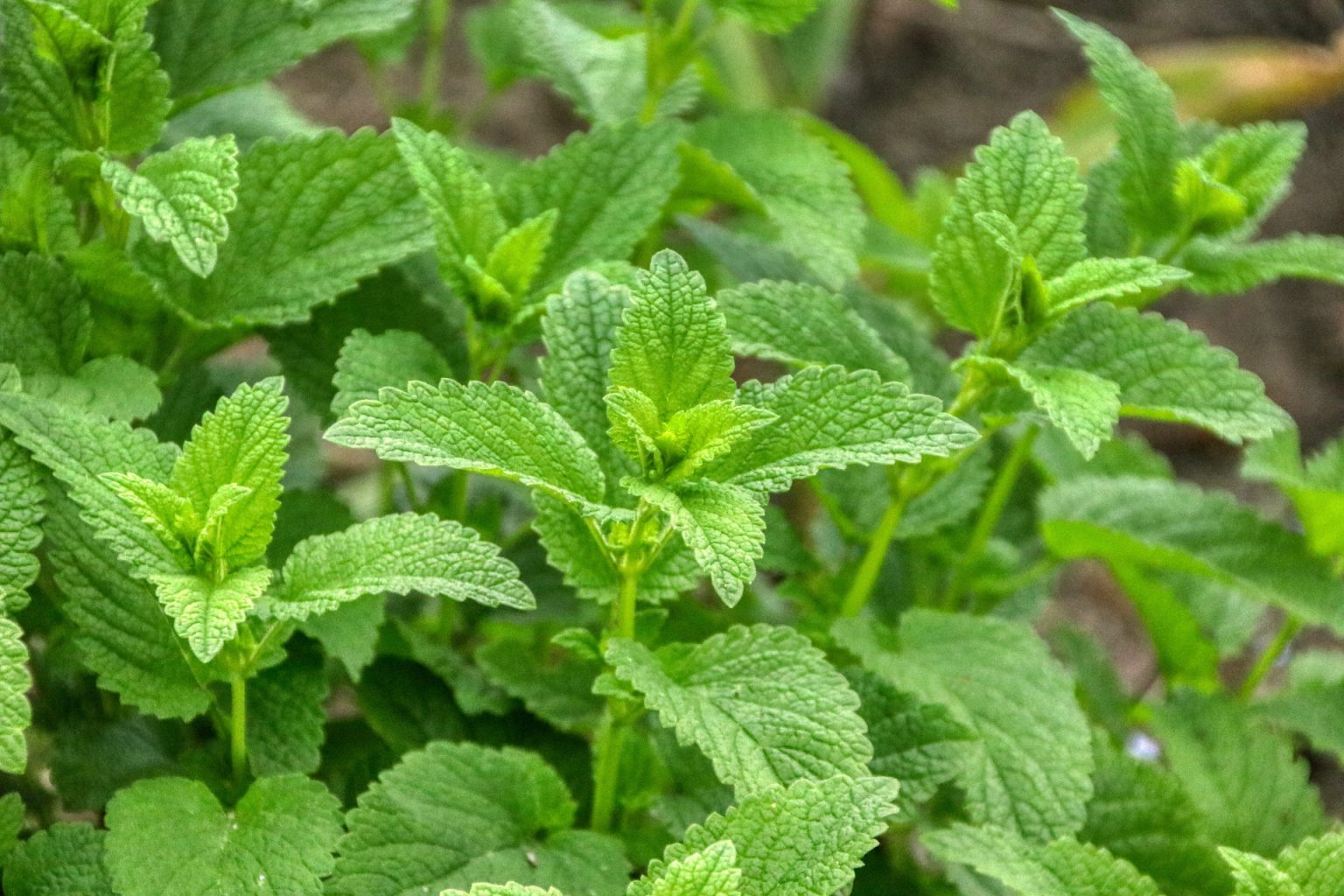
How would it be to live with Lemon Balm?
From ancient times herbalists, writers and philosophers have revered Melissa officinalis for its brilliant scent, flavor and ability to brighten and revive the spirit. Melissa officinalis is the botanical name of the plant we call Lemon Balm, but it is also called Bee Balm, Sweet Balm and Honey Plant.
This charming herb has been heralded as manageable for beginner plant enthusiasts. Lemon Balm’s presence adds more than a gorgeous splash of green, the light lemony scent makes it a pleasure to have in your vicinity. Besides being a mood booster, you can harvest the leaves for culinary and herbal use.

A little background…
Lemon Balm, a member of the Lamiaceae (mint) family, has its origins in Southern Europe and parts of Asia. Cultivated for use in the Mediterranean area for over 2,000 years, it travelled to Spain with the Moors in the 7th century and soon spread throughout most of the European continent, North America and New Zealand.
A medieval manuscript from the year 1440 called Lemon Balm “Herbe Melisse”. The word “Melissa” translates to “honeybee” in Greek. Honey bees are very attracted to this plant and the ancient Greeks believed if you kept Lemon Balm growing near your beehives, the bees would never go away. Their practice of rubbing the hives with the leaves is where the name “balm” originated. It came from the Greek word “balsamon” which means an oily, sweet-smelling resin.
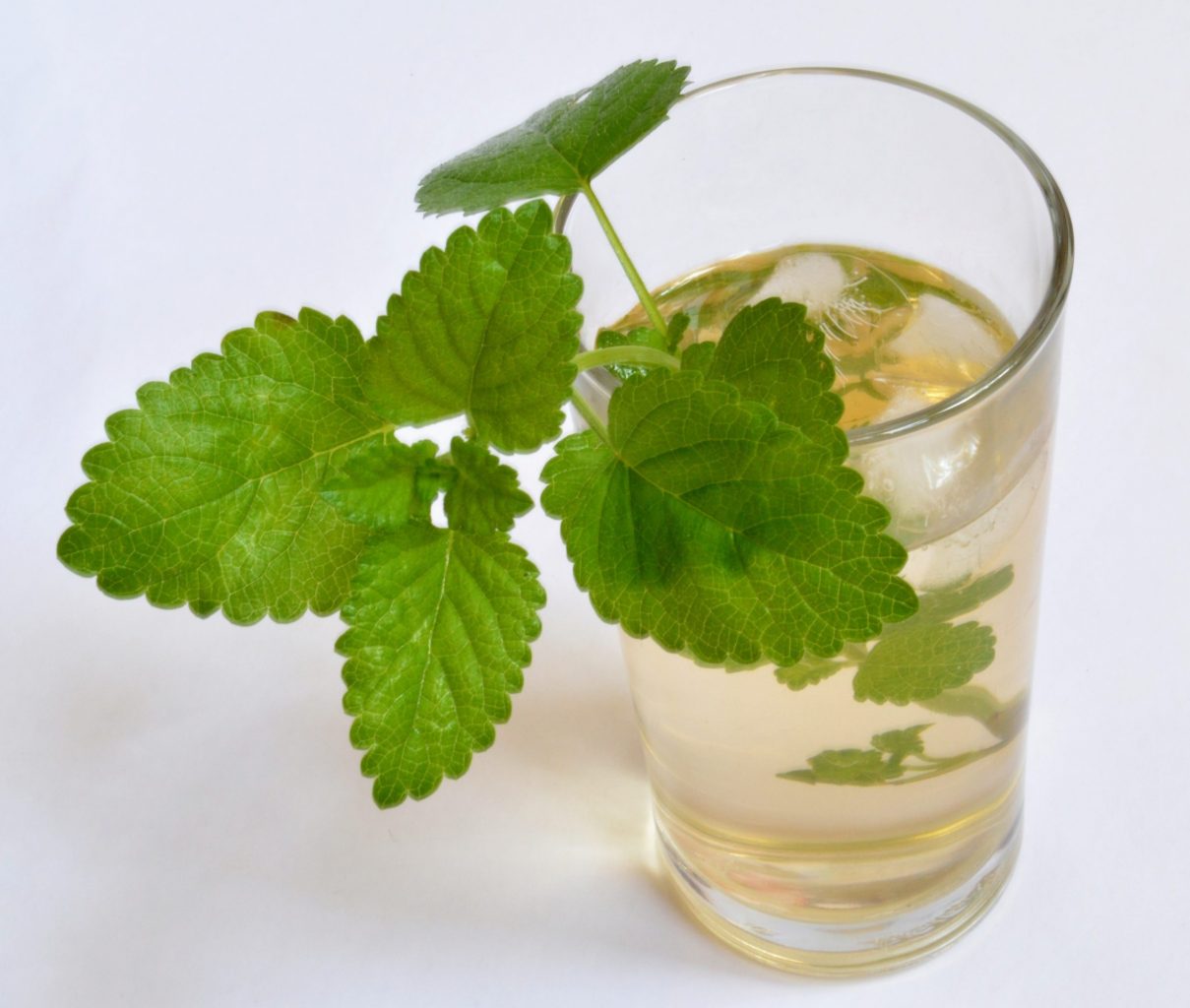
Growing Lemon Balm Indoors:
- it is easiest to start Lemon Balm from cuttings or divisions but if you start them from seed, they are very light dependent. With a shallow dish and just enough soil to cover the seeds, you can keep them moist with a spray bottle. Germination should take place in 10-14 days and then they can be transplanted to a traditional pot with soil.
- it is advisable to under-water rather than give Lemon Balm too much water. Lemon Balm and similar herbs can more easily recover from wilt, but will quickly die or bolt if over-watered.
- In general, Lemon Balm is much more tolerant of shade when planted outdoors, so a sunny indoor spot with at least 5 – 6 hours a day is essential, but too much direct sun may be too harsh and burn the leaves.
- Indoor Lemon Balm usually doesn’t self-seed as they do when planted outside. If you are utilizing the leaves of your Lemon Balm plant and it bolts, it may be better to start over with a new plant as the leaves lose their taste and potency.
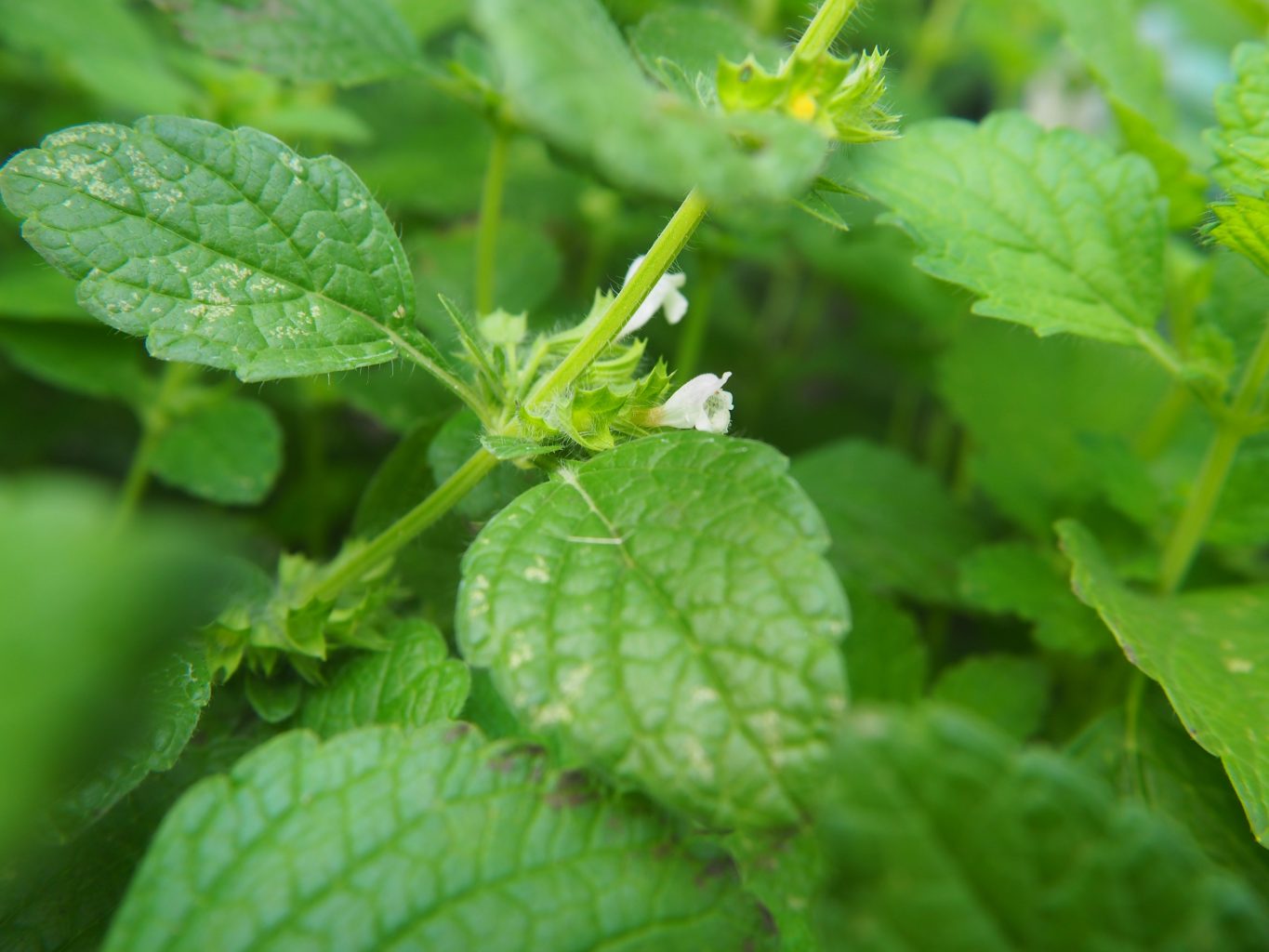
Harvesting:
Harvest the leaves as soon as the plant has established itself and you notice it putting out regular growth if you plan to use them in cooking or drinks. As your lemon balm continues to grow, keep harvesting to encourage growth.
If you only want a couple of leaves, pick leaves where new ones are emerging at the base. For a larger harvest, cut one of the stems directly. Take care that you don’t remove more than a quarter of the plant’s mass at any one time.
The delicate white/pink flowers are lovely, but once they bloom the flavor of the leaves become bitter, so pinch them off as soon as they begin to appear.
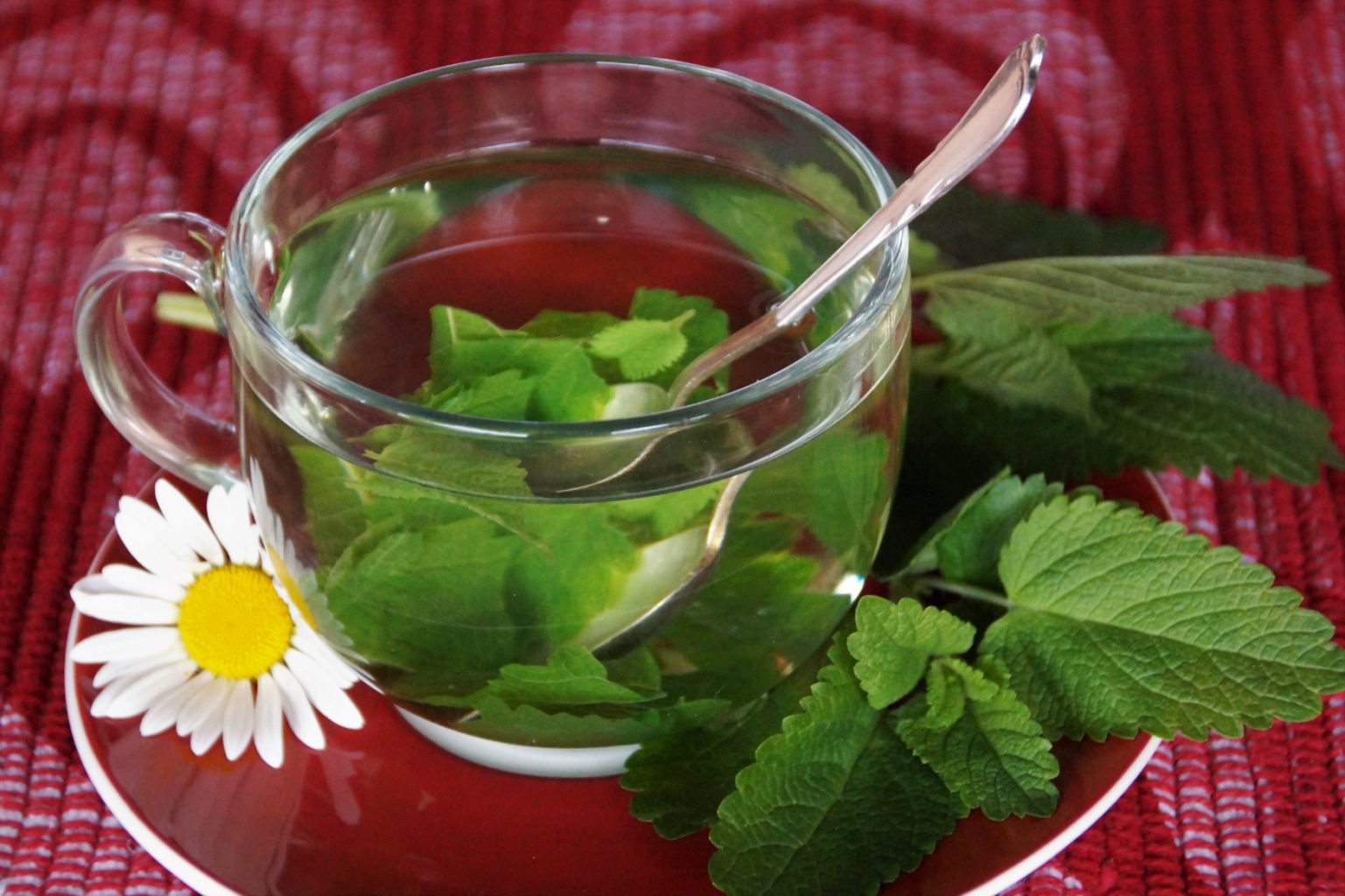
How to use Lemon Balm:
For use as a culinary herb, lemon balm has a much better flavor when fresh, but you can use the dried leaves. They can be dried by hanging in bunches and then stripping off the leaves or the leaves could be laid on trays in a dark place with good air circulation. Once dried, pack them into glass containers and store in a dark, dry place. Also, it has been suggested you can freeze the chopped leaves in vegetable oil if you are planning to add them to baked goods.
Lemon balm is a very versatile culinary herb as its flavor complements a wide range of dishes, beverages, appetizers, main courses, salads, soups and so on. It is lovely fresh in fruit salads or as a supplement to parsley or basil in a vinaigrette or salad dressing. A most popular way to use Lemon Balm is in tea, combined with Earl Grey, green or black tea or added to a pitcher of iced tea.
Lemon Balm syrups can be stored in Mason jars in the freezer. The syrup is said to retain the true flavor for use in tea, muffins or scones, for example. Lemon balm sugar can be made by chopping the leaves and combining them with sugar.

It is the leaves of Lemon Balm which are used in commercially made supplements. Essential oils are not extracted from every plant but essential oil from Lemon Balm is sought after for its relaxing and antiviral properties. This is due at least in part to chemicals it contains (terpenes). Lemon Balm also contains tannins (antiviral) and eugenol (calms muscle spasms and kills bacteria). As always, the use of supplements should be overseen by a qualified health provider.
Researchers have identified over 100 chemicals in Lemon Balm (Melissa officinalis). They discovered the lemony flavor/aroma is due to citral and citronellal, but they also found a rose-scented component as well as a lavender-scented one, both of which contribute to Lemon Balm’s unique profile.
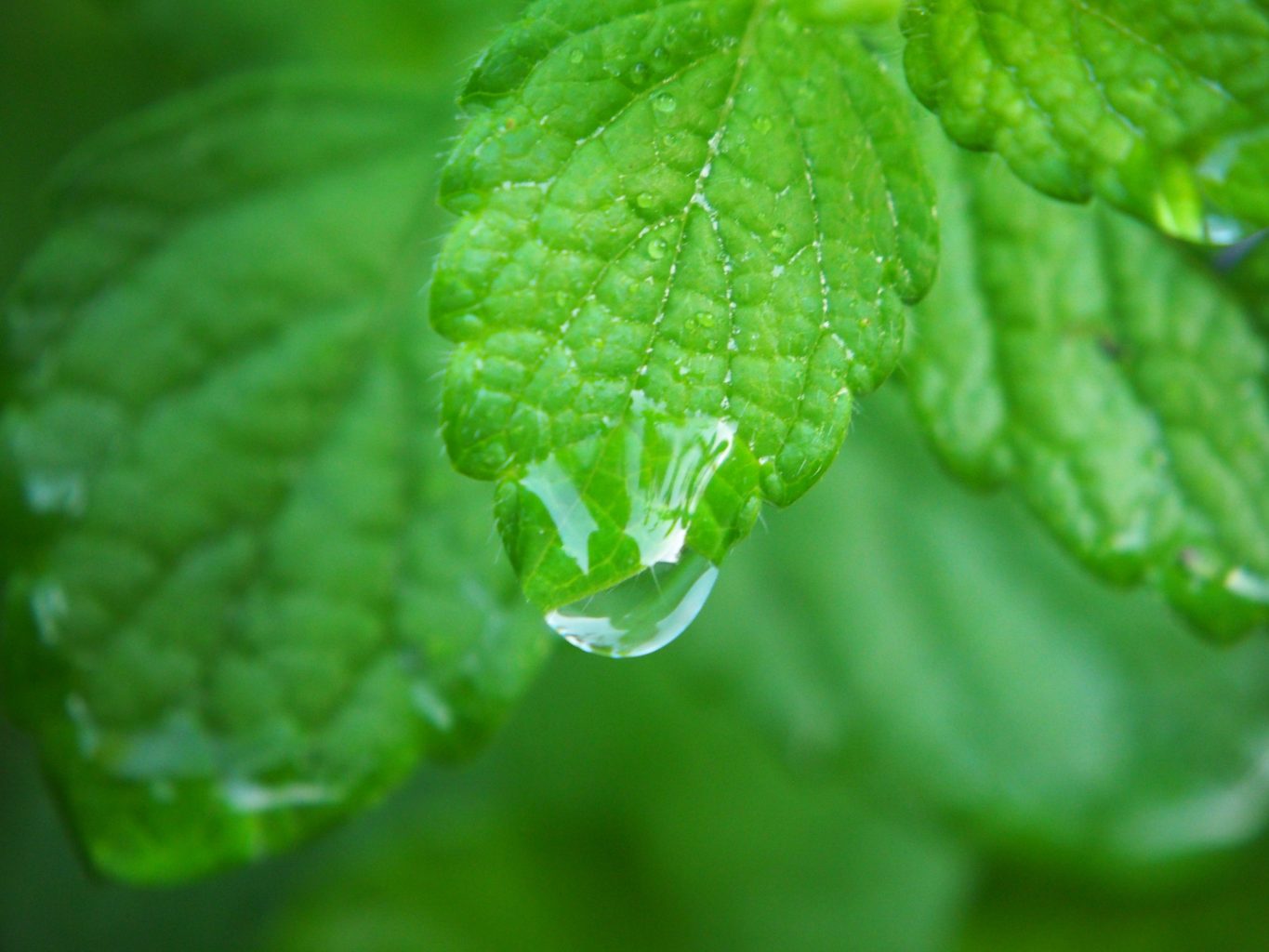
Lemon Balm has been symbolically affiliated with the feminine, the moon and water and as a sacred herb to the Ancient Roman goddess Diana. Nicolas Culpeper, the English botanist, herbalist, physician and astrologer living in the 1600s associated Lemon Balm with the planet Jupiter and the astrological constellation of Cancer.
As Lemon Balm has been affiliated with various symbolism for thousands of years, it could be interesting to see what it comes to mean to you?
